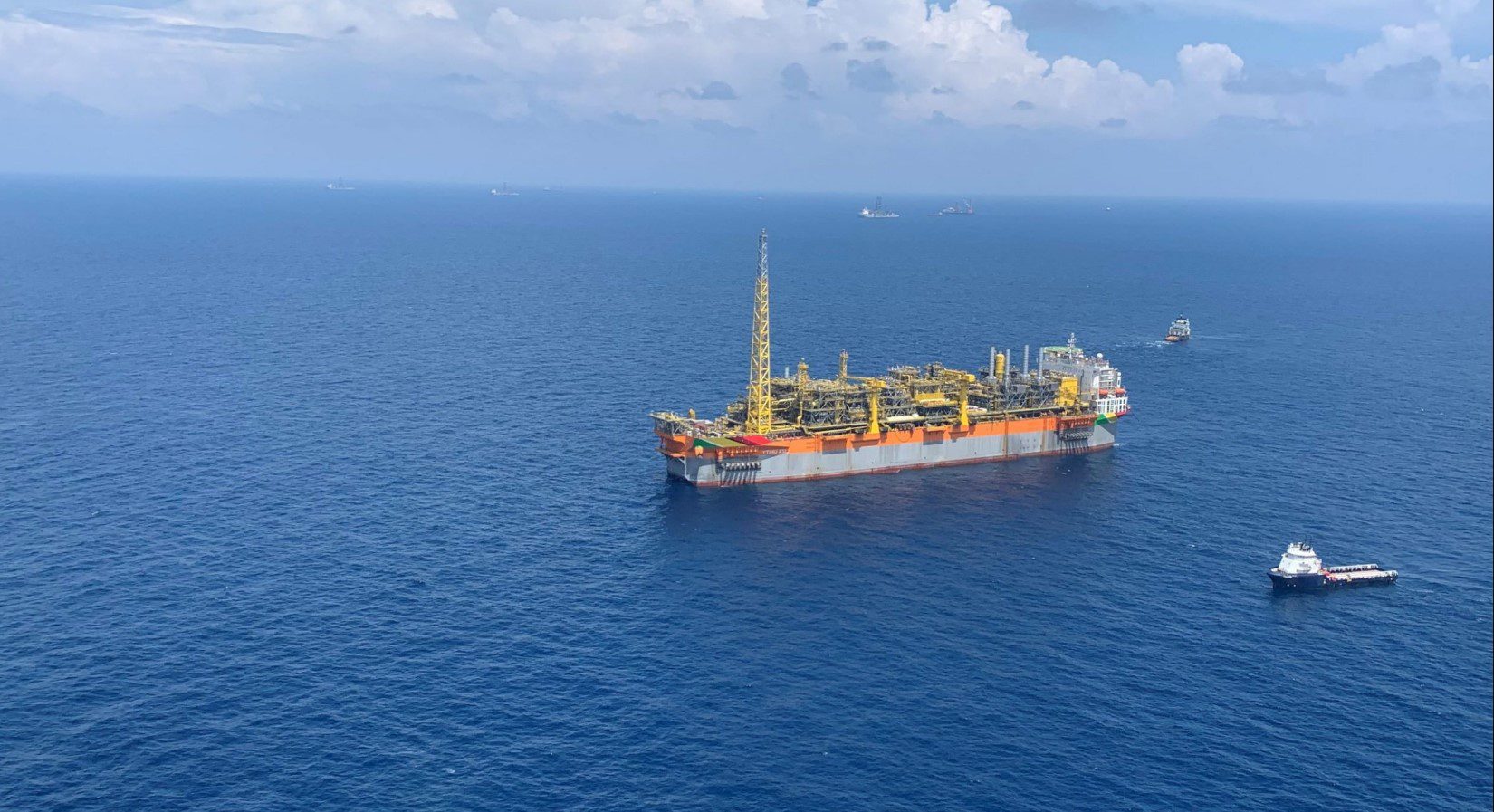ExxonMobil has decided to use the floating production, storage and offloading (FPSO) vessel for every oil development offshore Guyana. But why? The company explained in the environmental impact assessment (EIA) for the proposed Whiptail project, which would be the sixth of its kind offshore Guyana.
Here’s the insight from Exxon and its partners, Hess and CNOOC, into this decision.
1. Navigating water depth challenges:
Guyana’s offshore crude reservoirs, as ExxonMobil points out, are located in a challenging water depth range of approximately 1,500 to 2,200 metres. Traditional fixed-leg platforms are designed for shallower waters up to 500 metres. Tension-leg platforms, while more versatile, have their limits around 1,500 metres. Given Guyana’s unique depth profile, ExxonMobil narrowed their choices to the FPSO and the semi-submersible structure.
2. The Integrated Advantage of FPSOs:
One of ExxonMobil’s main points of consideration was integrated oil storage. While both FPSOs and semi-submersibles can process similar volumes, only the FPSO offers built-in storage. Contrast this with a semi-submersible, which requires an additional floating storage and offloading (FSO) unit, adding complexity and cost.
3. Economical and environmental implications:
ExxonMobil believes adding an FSO to a semi-submersible means heightened environmental concerns, from increased air emissions to potential threats to marine water quality and seabed disturbance. The FPSO’s streamlined design, ExxonMobil points out, reduces both environmental and logistical challenges.
4. Design flexibility:
The flexibility of FPSOs was another key point for ExxonMobil. These vessels can be converted into oil cargo tankers or new, purpose-built hulls. The latter can accommodate larger topside structures, allowing for more operational versatility. Furthermore, ExxonMobil appreciated the mooring flexibility of FPSOs, which can be tailored to both calm and harsh sea conditions.
Exxon’s Guyana projects challenging MODEC, SBM Offshore to break new ground | OilNOW
ExxonMobil’s decision to deploy an FPSO for Guyana’s crude production was based on a combination of technical, economic, and environmental factors. As they tap into the potential of the country’s oil reserves, their choice of the FPSO melds efficiency with the need to reduce environmental impacts.
The company has gotten approvals so far to place five FPSOs offshore Guyana, with two already producing in place and a third getting ready for first oil. The sixth project, Whiptail, is in the application stage.
Read more: A timeline of Exxon’s oil development projects in Guyana | OilNOW



